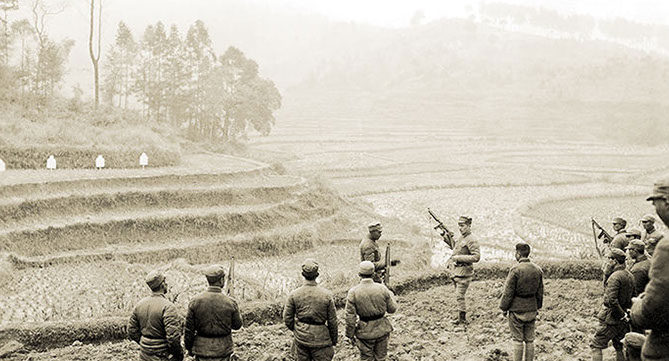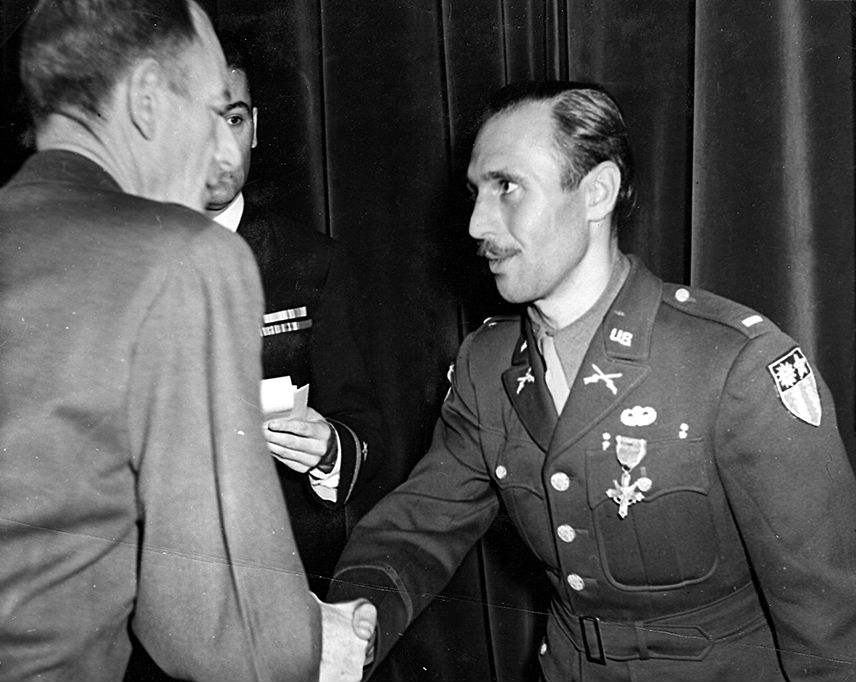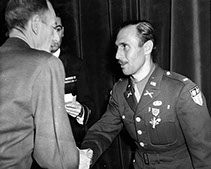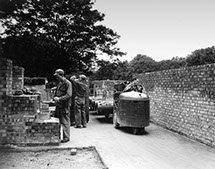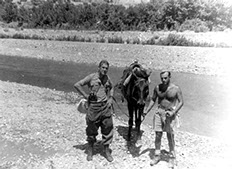Set up as the American equivalent to the British Special Operations Executive (SOE), the Special Operations (SO) branch was to “effect physical subversion of the enemy,” in three distinct phases: infiltration and preparation, sabotage and subversion, and direct support to guerrilla, resistance, or commando units. After the 7 December 1941 Japanese attack on Pearl Harbor, OSS Chief William J. Donovan wrote to President Franklin D. Roosevelt, stressing the need for a special operations element able to function “as an essential part of the strategic plan,” that could sow “the dragon’s teeth in those territories from which we withdraw … that the aid of native chiefs be obtained, the loyalty of the inhabitants cultivated … and guerrilla bands of bold, and daring men organized and installed.” This was to be done with “men calculatingly reckless with disciplined daring, who are trained for aggressive action … it will mean a return to our old tradition of the scouts, the raiders, and the rangers.”
Based on Donovan’s vision, the OSS developed the SO branch, clearly modeled on the British Commandos, to increase “the enemy’s misery and weaken his will to resist.” SO operatives became the first OSS personnel to conduct combat operations beginning in North Africa and Burma in 1942. SO personnel and elements later served in China, France, Greece, Italy, Scandinavia, Thailand, Yugoslavia, and other locations. In German-occupied France, SO worked with the British SOE. Prior to the Normandy Invasion, the country had been blanketed with SO and SOE operatives. Once dropped into an occupied area, SO personnel linked up with resistance groups, identified their operational needs, arranged drop zones, and then radioed for supply drops. The OSS/SOE supply effort for Europe was massive. The SO resupply center at Area H in England packed more than 3,335 tons of supplies, including 75,000 small arms and 35,000 grenades, into aerial delivery containers for resistance groups in Belgium, Denmark, France, Poland, and Norway. Many of these night airdrops were made by the 801/492nd Bomb Group or ‘Carpetbaggers,’ a U.S. Army Air Forces unit whose mission was to support covert operations in Europe. In France alone, some 300,000 resistance fighters were armed by airdrop before D-Day.
The SO branch was the genesis for many other branches of OSS: Research and Development (R&D), the Maritime Unit (MU and the Operational Groups (OG). Perhaps the best known SO endeavors were in the Allied Project JEDBURGH, and Detachment 101, which began as an SO mission in Burma. The Special Operations branch of OSS pioneered many of the Unconventional Warfare (UW), Counter-Insurgency (COIN), and Foreign Internal Defense (FID) tactics and techniques used by today’s U.S. Army Special Operations Forces.
